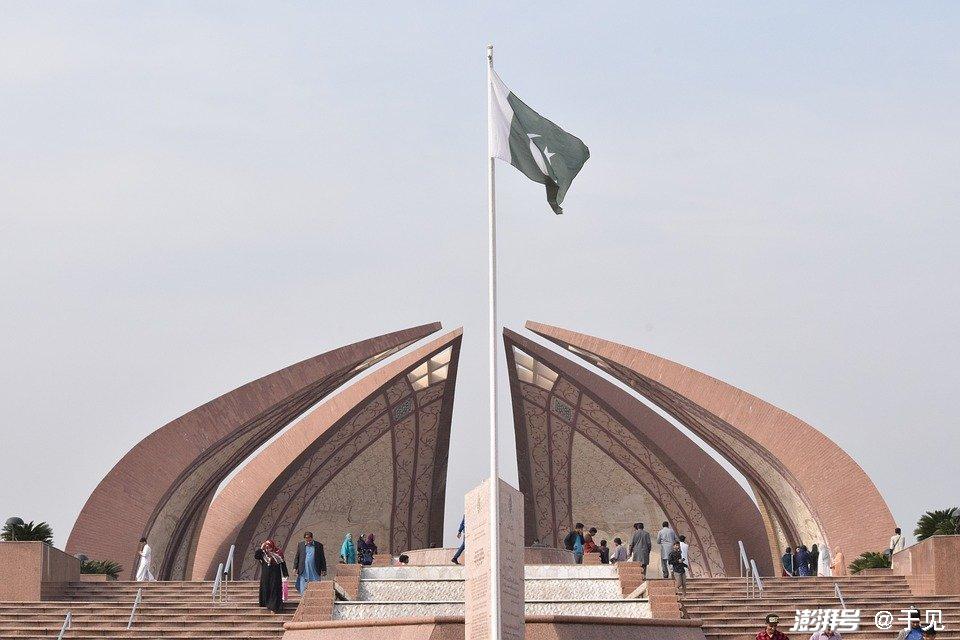[China Online Review] Modi’s Visit To China, Can He Restart Pragmatic Exchanges Between China And India?
[China Online Review] Modi’s Visit To China, Can He Restart Pragmatic Exchanges Between China And India?
According to recent reports from Indian media, Indian Prime Minister Modi will visit China from August 31 to September 1 and attend the Shanghai Cooperation Organization Tianjin Summit. Since the beginning of this year, many senior Indian officials have visited China one after another, and with the news of Modi's upcoming visit
According to recent reports from Indian media, Indian Prime Minister Modi will visit China from August 31 to September 1 and attend the Shanghai Cooperation Organization Tianjin Summit. Since the beginning of this year, many senior Indian officials have visited China one after another, and the news of Modi's upcoming visit seems to indicate that India's pragmatic side of China's policy is rising. Against the backdrop of changes in the global landscape, China and India are working hard to find a new balance point for bilateral relations and meet common challenges.
If this visit is completed, it will be Modi's first visit to China since the 2018 Wuhan informal summit. Modi is expected to hold a bilateral meeting with Chinese President Xi Jinping to discuss borders, trade and global issues. Some analysts regard this visit as a symbol of substantial improvement in Sino-India relations.
The deep reason for the improvement of China-India relations is the huge changes in the global landscape and the two countries have a clearer understanding of each other. The current world situation is turbulent: the Sino-US trade issue is unresolved, the India-US trade issue is tense, the Ukrainian crisis continues, and the tension in the Indo-Pacific region is unresolved. Both countries need to improve their surroundings to enhance their resilience. The deterioration of China-India relations is not in the interests of both sides. Important consensus such as "each development opportunity and does not pose a threat to each other" and "being partners rather than competitors" should continue to be adhered to.
India's diplomatic thinking towards China has also changed. From India's perspective, there are two main considerations for improving China-India relations:
On the one hand, it is to relieve the pressure from China. After the Galwan Valley incident, India felt China's military determination and ability. Based on the conclusion of the border agreement, China and India restarted the pilgrimage route and carried out trade negotiations, which opened a good start for the continued recovery of bilateral relations. On the other hand, there are uncertain risks in India-US relations at present, and the US policies are complex and changeable. Joining the United States to restrain China is no longer the best choice for India. The Trump administration's imposition of tariffs on India has exposed the fragility and complexity of relations between the two countries. This made India realize the need to seek balance in the Sino-US and India triangle relationship and strengthen cooperation with China under the framework of the BRICS and the Shanghai Cooperation Organization.
Despite the recovery of Sino-Indian relations, the challenges still exist. India still regards China as an "important enemy" and the impulse to "alliate the United States to resist China" has not been eliminated. India continues to participate in the "Quadian Security Dialogue" and joins forces with Japan, Vietnam, the Philippines and other countries to balance China's influence. Although Modi's visit to China is of great significance, it is limited to the occasion of the Shanghai Cooperation Organization and has obvious strategic reservations. Trade imbalance and border sensitivity issues are still hidden dangers in China-India relations, and any unexpected incidents may reverse the progress made in bilateral relations.
Therefore, to achieve long-term stability of China-India relations, the two countries need to adhere to pragmatic diplomacy and mutual respect, and grasp the core concern of development, and give priority to economic cooperation rather than focusing on strategic games. The total population of China and India accounts for about 35% of the world's total population, reaching 2.88 billion; calculated by nominal exchange rate, the total GDP of the two countries accounts for 20.3% of the world, reaching 23.4 trillion US dollars; calculated by purchasing power parity (PPP), the total GDP of China and India accounts for 41.7% of the world, reaching 58.37 trillion US dollars. As the two largest developing countries in the world, cooperation between the two countries can drive economic growth, while confrontation will only lead to both losses.
The recovery of Sino-India relations is a rational choice under the changes in the global pattern, but the improvement of relations still takes time. Although Modi's visit to China is of strong symbolic significance, it also reminds us: although strategic competition is inevitable, pragmatic cooperation is the way out. In the midst of the great changes in the world, if China and India can coexist peacefully, it will benefit both sides at the same time; if they can work together, they will reshape the pattern of Asia and the world. Continuing irrational confrontation will harm the core development interests of the two countries. (The author is the director of the Center for South Asian Studies at Fudan University and a professor at the Center for American Studies)
Editor: Tang Hua, Jiang Xinyu, Zhang Yanling

![[China Online Review] Modi’s Visit To China, Can He Restart Pragmatic Exchanges Between China And India?](https://lcs-sfo.k4v.com/assets/public/default_cover.jpg)



